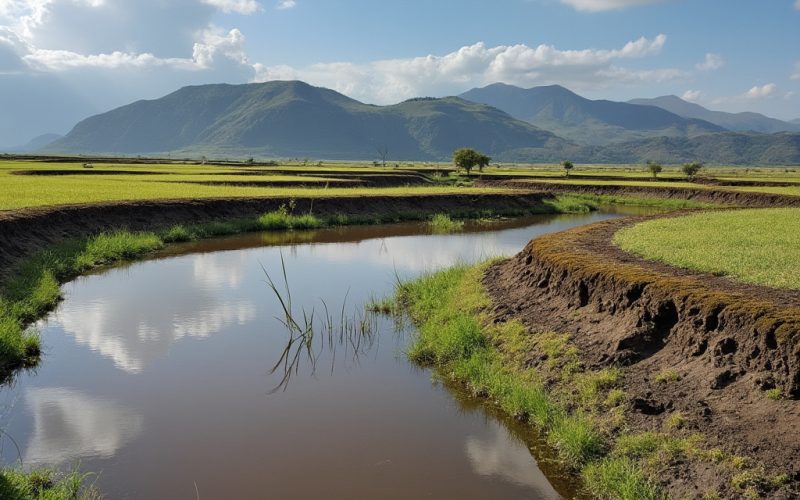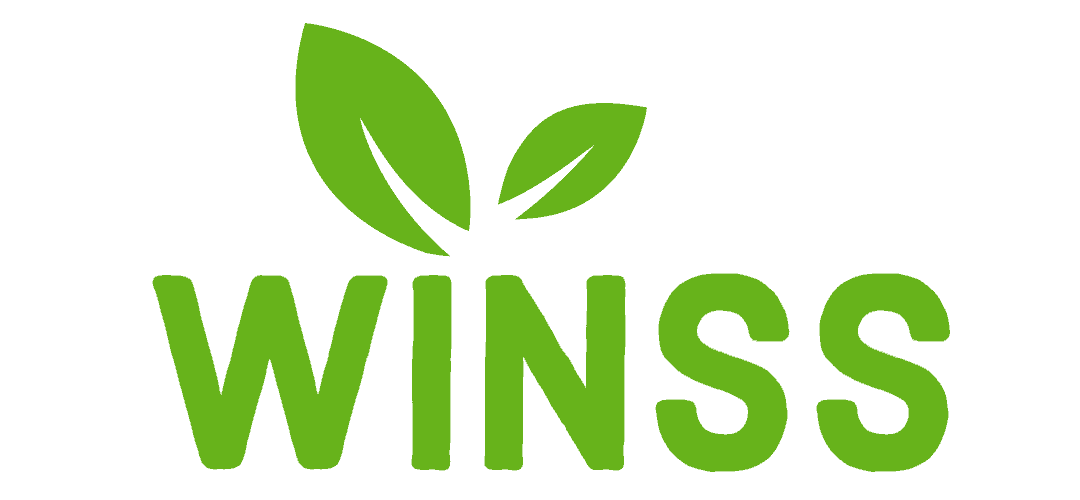
A Sustainable Development Project aims to foster long-term, balanced growth by addressing the interdependent challenges of environmental preservation, social equity, and economic advancement. These projects are guided by frameworks like the United Nations’ 17 Sustainable Development Goals (SDGs), which serve as a universal blueprint for achieving peace and prosperity by 2030.
In this article we will check the 5 key elements to come to a real Sustainable Development Project.
The 5 Key Elements of a Sustainable Development Project
Here’s a more detailed breakdown of the core elements, supported by real-world data and examples:
1. Environmental Sustainability
Goal: Protect ecosystems, reduce resource consumption, and mitigate climate change.
Key Strategies:
- Renewable Energy Projects: These aim to replace fossil fuels with cleaner energy sources such as solar, wind, and hydropower. For example, Costa Rica has managed to generate more than 98% of its electricity from renewable sources since 2015.
- Reforestation Programs: Forests act as carbon sinks, helping to combat climate change. Countries like Ethiopia are leading the charge by planting billions of trees under its Green Legacy Initiative, which aims to counter deforestation and land degradation.
Impact Data: According to the International Renewable Energy Agency (IRENA), renewable energy sources supplied nearly 29% of global electricity in 2020, and they are expected to reach 50% by 2030. This shift could reduce global CO2 emissions by up to 70%.
2. Economic Sustainability
Goal: Foster economic growth that does not deplete resources, ensuring future generations can thrive.
Key Strategies:
- Green Jobs: Promoting jobs in industries like renewable energy, organic farming, and sustainable construction. According to the International Labour Organization (ILO), transitioning to a green economy could create 24 million new jobs globally by 2030.
- Circular Economy Models: These reduce waste by recycling materials and extending the life of products. For example, the European Union has launched the Circular Economy Action Plan, which could lead to net savings of €600 billion for businesses within the EU while reducing carbon emissions.
Impact Data: Studies estimate that if developing countries increase their economic sustainability efforts, global poverty could be reduced by 70% by 2030.
3. Social Sustainability
Goal: Ensure that all individuals, particularly marginalized communities, have equal access to resources, education, and opportunities.
Key Strategies:
- Inclusive Education: Ensuring equal access to quality education for all is one of the SDGs. In India, programs like the Sarva Shiksha Abhiyan aim to provide universal elementary education, contributing to a literacy rate increase from 65% in 2001 to 74% in 2011.
- Healthcare Initiatives: Sustainable projects often prioritize improving access to healthcare services. For instance, Rwanda’s universal healthcare system has expanded healthcare coverage to 90% of its population, greatly improving life expectancy.
Impact Data: The United Nations reports that 1.3 billion people still live in poverty globally. Implementing social sustainability projects, such as improving healthcare access and educational opportunities, could reduce this number by half by 2030.
4. Public-Private Partnerships
Goal: Collaborate across sectors to pool resources and expertise.
Key Strategies:
- Global Initiatives: The Global Partnership for Education (GPE) brings together governments, private businesses, and civil society to fund and implement educational reforms in developing countries. The GPE has mobilized over $11 billion since 2002.
- Local Collaborations: Sustainable projects like Kenya’s M-KOPA Solar initiative, which provides affordable solar power to off-grid communities, are backed by both private investors and the government.
Impact Data: Public-private partnerships contribute to 40% of global development investments in critical sectors like infrastructure, healthcare, and energy, according to the World Bank.
5. Capacity Building and Knowledge Transfer
Goal: Empower communities with skills and knowledge to maintain sustainable practices.
Key Strategies:
- Training for Farmers: Programs like Africa’s Climate-Smart Agriculture initiative train farmers in sustainable agricultural practices. The project has reached over 20 million farmers in 27 African countries, improving food security.
- Tech Innovation: Projects focused on innovation, such as India’s Solar Mamas, train rural women in solar technology, enabling them to electrify their villages and earn sustainable livelihoods.
Impact Data: Capacity-building projects have led to a 25% increase in agricultural productivity across Sub-Saharan Africa.
Real-World Example of a Sustainable Development Project: The Great Green Wall Project
The Great Green Wall is an ambitious African-led initiative aiming to grow an 8,000-kilometer natural wonder across the entire width of Africa. The goal is to combat desertification (using water bunds as you can see in the video) and land degradation in the Sahel region, creating millions of green jobs and reclaiming 100 million hectares of land. To date, 15% of the wall has been completed, positively affecting local ecosystems, employment, and food security.
The Path Forward of a Sustainable Development Project
A successful Sustainable Development Project is not a one-off intervention. It’s a long-term transformation model that connects environmental integrity, economic resilience, and social justice through actionable frameworks.
The five pillars—Environmental Sustainability, Economic Sustainability, Social Sustainability, Public-Private Partnerships, and Capacity Building—are not standalone targets. They function as interlinked systems that reinforce each other. Without clean energy, economic growth becomes extractive. Without inclusive education and healthcare, growth leaves entire communities behind. And without knowledge transfer, even the best-designed project fails to scale.
Real-world results prove the model works:
- Costa Rica’s 98% renewable energy usage since 2015 sets a global benchmark.
- The Circular Economy Action Plan in the EU not only slashes emissions, it saves €600 billion for businesses.
- Rwanda’s healthcare reform shows that access and longevity can rise together.
- Kenya’s M-KOPA and India’s Solar Mamas prove innovation thrives when governments and communities co-create.
- Africa’s Climate-Smart Agriculture has already boosted yields and resilience for over 20 million farmers.
But these wins are fragile without long-term commitment. The real path forward requires embedding sustainable practices into policy frameworks, investment standards, educational systems, and local governance models.
Here’s what that means:
- Governments must align fiscal policy with green targets.
- Businesses must internalize ESG beyond shareholder optics.
- Communities must be empowered with skills, rights, and decision-making power.
- Data must guide every step—tracking CO₂ cuts, education outcomes, and poverty metrics in real time.
Every Sustainable Development Project should be future-proof, adaptive, and scalable. The climate is changing, technologies evolve, populations shift—so must our solutions. What remains constant is the need for systems that do not just sustain life but improve it for everyone, across generations.
This is not abstract. It’s urgent. By 2030, the world will either reap the benefits of integrated sustainability—or pay the price for fragmented action. The path forward is clear. What matters now is execution.
